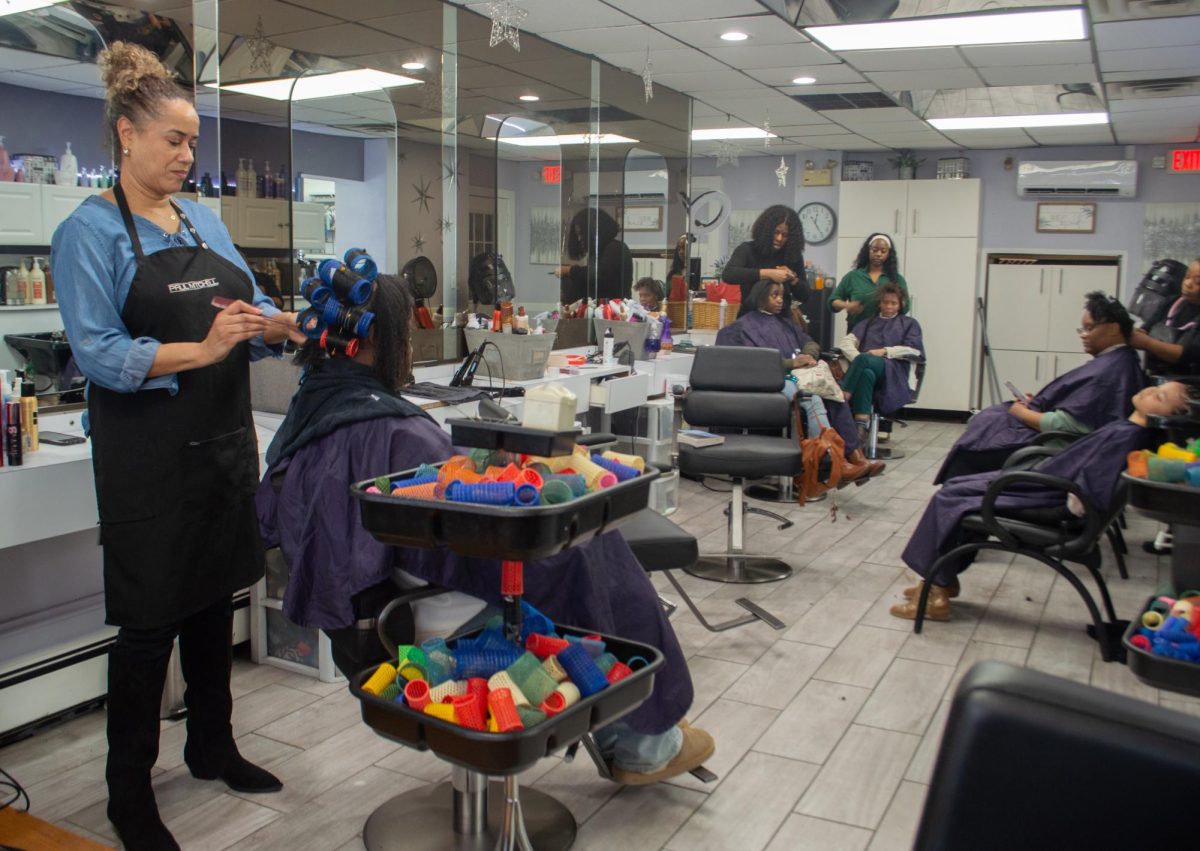By Hao Lu, News Correspondent
 A new semester has started and students are filling the city. While schools look forward to seeing new faces on campus, Fenway residents find that the increase in institutional enrollment may put pressure on the neighborhood housing stock.
A new semester has started and students are filling the city. While schools look forward to seeing new faces on campus, Fenway residents find that the increase in institutional enrollment may put pressure on the neighborhood housing stock.
There are more than 33,000 students living in the Fenway neighborhood, and the number has increased 37.5 percent in the past decade, according to a recent report by the Fenway Community Development Corporation (CDC), “Student Housing Patterns in the Fenway: A report on the pressures of university expansion on neighborhood housing stock.” The study found the influx of students to the neighborhood has brought about living pressures to the Fenway community.
Northeastern houses more students in the area than any other institution. In the spring of 2012, 8,758 students lived on campus or in non-campus housing in the Fenway, which is 40 percent of its student population, according to the July 2012 report.
“We understand students are here to get world class education, but because of the expansion, it has driven up the price of housing and it’s blazing families,” Executive Director of Fenway CDC Dharmena Downey said.
Since new institutional development could not keep pace with increases in student enrollment, students must move to off-campus apartments, many of which are located in the Fenway area. That drives up housing prices, and the neighborhood doesn’t get enough affordable housing for permanent residents such as elderly and low-income people, Downey said.
In an email to The News, Downey added that census and other data show that the largest demographic the Fenway is losing is families.
“This is a direct result of institutional encroachment,” she said. “Think about it, if a two bedroom unit is $2,600 how many families will be able to afford it. However, if it is rented to four students as we know is the case throughout the Fenway, it becomes much more affordable than living in a dorm. Families can’t compete.”
To reduce the pressure of the neighborhood, Downey suggested the school cap enrollment, cut dorm pricing and build more spaces for students to live on campus.
“I think the school could really work to bring down the cost of their dorm space, because that’s a pressure on the neighborhood residents. If it’s so high to live in a dorm, then it’s easier to move out,” she said.
In 2010, Northeastern announced a residential policy requiring both freshmen and sophomores to live on campus, which Downey said helped improve the Fenway housing problem.
“It’s good to keep the students on your property and monitor their behavior. They get great campus experience, and their parents know that they are being watched,” Downey said. “You can go to bed at 9 knowing your kid is safe.”
Other problems that stem from the large amount of students living in the neighborhood, Downey said, are trash and noise at night.
“I don’t really blame them, it’s not all students. You are living in a densely populated urban environment,” Downey said. “When neighborhood residents complain about the aggregate behavior of the students, a lot of time it’s after the bars close, so they are on street, they are loud.”
“That kind of behavior is really what urges people most.”
Jonathan Cadavid, a junior international affairs and political science major, moved from Holliston to the Fenway just before the start of the new semester.
“I saw smashed beer bottles on the ground, so I guess it can get a little crazy on the weekend,” he said.
Cadavid said that the reason he chose to move to the Fenway was the location’s convenience.
“I’d like to live on campus, but the space was so limited,” he said. “There are so many competitions through [International Village] and all those areas. It’s tough to get a space. Sometime you [are] put on a waiting list.”
Senior physics and philosophy major Sean Griffin moved to an off-campus apartment on Gainsborough Street this semester. He said the problem of litter and nighttime noise needs to be fixed.
“I used to live on Huntington. There you would also hear drunk people at 2 a.m. Thursday through Sunday,” Griffin said. “People who host the parties would probably do it over and over again until they get enough trouble. I appreciate if they actually have rules. For me, I just like to walk my dog around, and there is broken glass everywhere. I hate that.”
Rather than control the enrollment number or put students on campus, Griffin suggested the school find ways to crack down on the noise.
“It’s not a big deal if you just have someone walking on the street at night, but it is if there are smashed bottles and noises. It’s a tough problem, but I would say just prohibit it, or you will lose this town and nice neighborhood,” he said.
Fenway CDC now is working with Northeastern on the Institutional Master Plan to improve the neighborhood, which may include building more dormitories and giving community members access to the university’s resources, such as providing them with opportunities to take classes and earn credits from the school.
Downey said she believed that Northeastern could lead the way to cooperate with the neighborhood.
“Northeastern’s role is to help our affordable housing problem,” she said. “To cap their enrollment, to expand the education of their students for how to be good, responsible neighbors and to have more transparency in their processes.”








